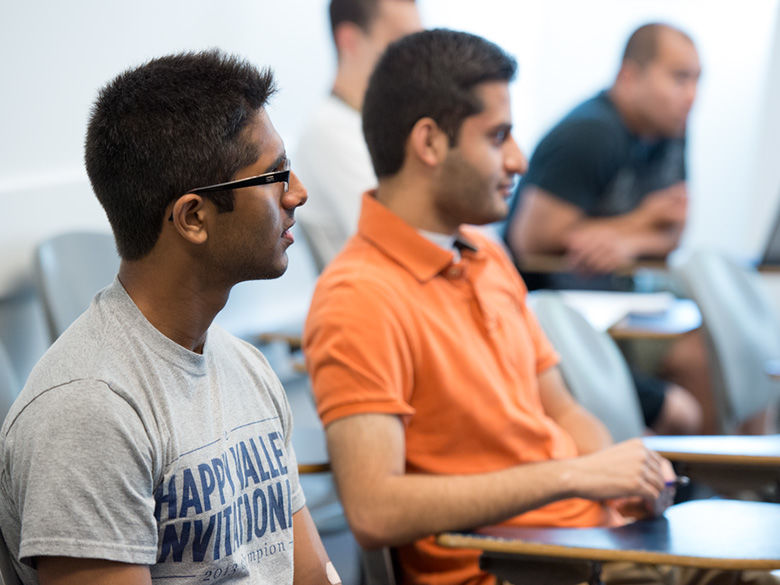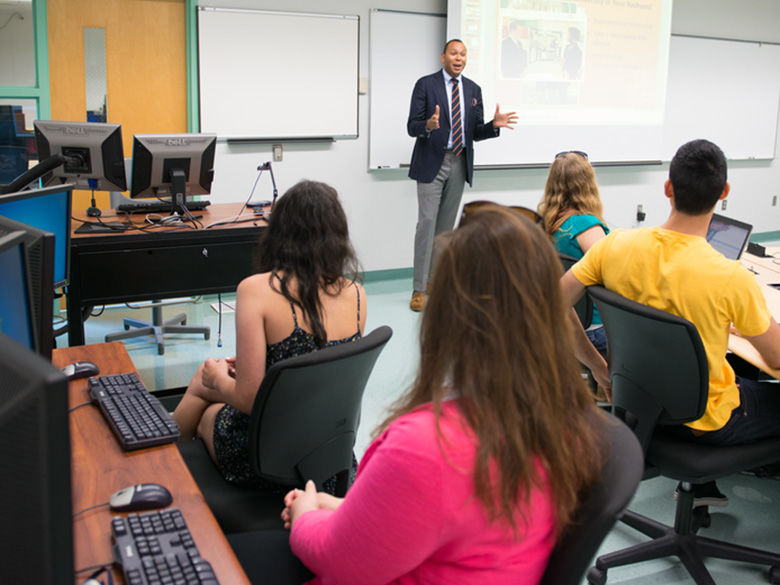Spring 2023
Are you an engineering major with an interest in video gaming? A psychology major with a passion for painting? Or maybe a business major who really wants to know more about plants? We’ve got you covered!
At the core of a Penn State degree is our general education (Gen Ed) curriculum: a set of courses across a variety of disciplines that will enhance the knowledge base and professional skill set for any student, regardless of major. While all students are expected to take Gen Ed courses, you have the opportunity to select the courses that best suit your passions, secondary interests and future professional goals.
Below, please find very specific course content together with specific learning outcomes regarding for all of our Gen Ed courses offered next semester.

